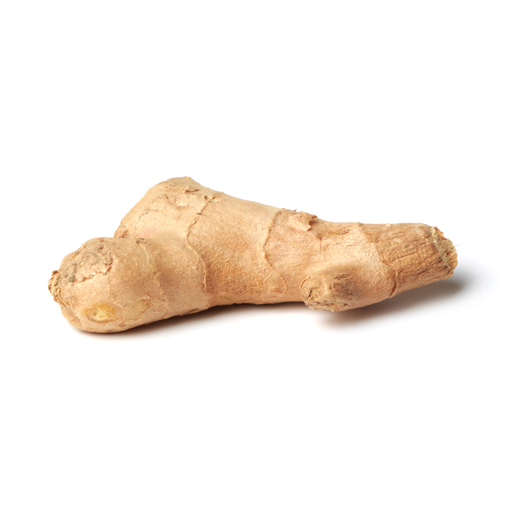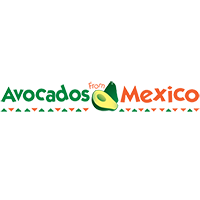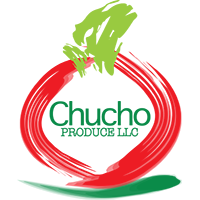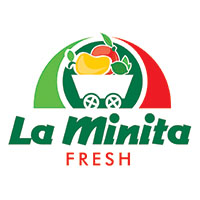How to Find Us?

Ginger root
Ginger or ginger root is the rhizome of the plant Zingiber officinale, consumed as a delicacy, medicine, or spice. It lends its name to its genus and family (Zingiberaceae). Other notable members of this plant family are turmeric, cardamom, and galangal. The distantly related dicots in the Asarum genus have the common name wild ginger because of their similar taste.
Ginger is indigenous to southern China, from whence it is spread to the Spice Islands and other parts of Asia, and subsequently to West Africa and to the Caribbean. Ginger appeared in Europe, via India, in the 1st century CE as a result of the lucrative spice trade.
Ginger root (raw)
Nutritional value per 100 g (3.5 oz)
Energy 333 kJ (80 kcal)
Carbohydrates
17.77 g
Sugars 1.7 g
Dietary fiber 2 g
Fat
0.75 g
Protein
1.82 g
Vitamins
Thiamine (B1) (2%) 0.025 mg
Riboflavin (B2) (3%) 0.034 mg
Niacin (B3) (5%) 0.75 mg
Pantothenic acid (B5)
(4%) 0.203 mg
Vitamin B6 (12%) 0.16 mg
Folate (B9) (3%) 11 μg
Vitamin C (6%) 5 mg
Vitamin E (2%) 0.26 mg
Trace metals
Calcium (2%) 16 mg
Iron (5%) 0.6 mg
Magnesium (12%) 43 mg
Manganese (11%) 0.229 mg
Phosphorus (5%) 34 mg
Potassium (9%) 415 mg
Sodium (1%) 13 mg
Zinc (4%) 0.34 mg
Units
μg = micrograms • mg = milligrams
IU = International units
Percentages are roughly approximated using US recommendations for adults.
SOURCE: USDA NUTRIENT DATABASE








